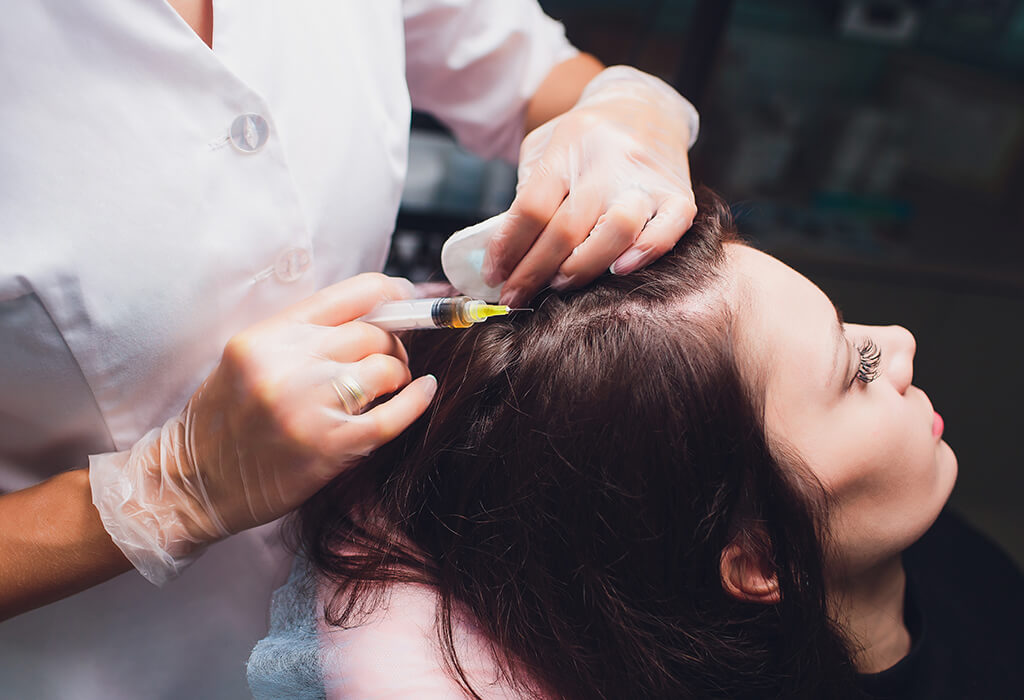
Fat grafting is more than a century old, but still, the future looks very bright for treatments based on fat. We are seeing a renewed interest amongst practitioners in fat grafting treatments after the discovery of the adipose derived stem cells (ADSCs) in fat in 2001. These stem cells have strong regenerative powers and are used for a wide range of indications ranging from neurological disorders, genetic diseases to even skin related disorders. Even in the aesthetic market, the power of these stem cells is limitless, ranging from skin rejuvenation, scar reduction, wound healing, to even hair regrowth!!

What is regenerative medicine ( stem cell therapy ) and how does it work?
Regenerative medicine is the branch of medicine that develops methods to regrow, repair or replace damaged or diseased cells, organs or tissues. This is a rapidly developing field in which a huge amount of effort is being spent for the treatment of chronic diseases like spinal cord injury, Parkinson’s, Alzheimer’s disease, heart disease, burns, osteoarthritis and cancer.
Hair restoration treatments have always been in demand, driven by new ideas and experiments. It is not surprising that investigators are now focusing on regenerative medicine in treating a wide variety of hair related disorders.
People suffering from hair loss are always looking out for new treatment options to maintain and regrow lost hair.

Why fat derived stem cells for hair regrowth?
Did you know that your fat has around 500 times more ADSCs than your bone marrow? Recent studies have shown these ADSCs have an important role in the complex hair growth cycle. With fat being much easier and safer to procure compared to the bone marrow, researchers are now focusing on fat as a storehouse of stem cells.
Stem cells are already being used in hair restoration, starting with plant stem cells, stem cells and growth factors in blood like the platelet rich plasma or platelet rich fibrin matrix and dermal grafts. The SVF ( stromal vascular fraction) and ADSCs from fat are highly promising candidate cells for regenerative application because of high proliferative capacity and ability and potential to differentiate into other cells.
Many recent studies show promising results in the use of PRP along with nanofat or the SVF derived from fat for hair regrowth. This hair restoration injectable is being touted as the latest and greatest in hair loss solutions. Unlike PRP, which usually requires multiple sessions, a single session of nanofat procedure gives a longer lasting result.
About the Procedure
It consists of harvesting small amounts of microfat ( 20 – 30 ml) from the body, preferably the abdomen or hip under local anesthesia and thereafter purifying and processing this into a whitish thin liquid called the nanofat, which is then filtered so that it can be injected easily. The name nanofat is basically a misnomer because in the true sense it does not contain any viable fat cells , but is a rich source of regenerative stem cells. This nanofat is usually mixed with PRP ( platelet rich plasma) and injected via tiny injections into the target tissue, which is the scalp for hair loss. It can be also delivered via tiny microneedling devices. When introduced into areas of thinning hair, it helps the miniaturised hair follicles to become larger and healthier, creating more robust hair growth. Nanofat enhances the proliferation rate of human follicular cells and PRP contains growth factors that stimulate rapid angiogenesis and localised cell growth. This Nano – PRP combo hence works synergistically in hair restoration

Who is an ideal candidate for the NanoPRP procedure?
Both men and women who are generally medically fit can undergo this procedure. Patients shouldn’t be having uncontrolled hypertension, be on any drugs which increase bleeding tendency like aspirin or have any hemodynamic instability. Patients who are completely bald are also not ideal candidates for this treatment.
What to expect if you are undergoing the procedure?
The treatment can be done in an hours time in a small OT set up under local anesthesia and without the need for any stitches or admission! There is hardly any recovery period and patients can get back to normal routine immediately after the procedure. Basic care like not wetting the area from where fat was harvested for around 2 days and avoiding heavy exercises for a few days is all that is required. A short course of antibiotics may be given to avoid chances of infection.
It is always advisable to continue the evidence based medical management of hair fall with minoxidil, finasteride and nutraceuticals along with topical hair serums for combined best outcomes. Results of Nano PRP combo are usually seen after a few months and last about 6-12 months on average.
This treatment is a recent breakthrough and many ongoing trials and studies are being conducted to have a more wholesome understanding of its clinical implications in various indications. Nevertheless, regenerative medicine has a bright future, especially in the current trend of people preferring 100% natural treatment solutions.

Author:
Dr. Celia Mathew MBBS, MD, DDVL
Chief Dermatologist
Almeka Medical Centre, Kochi
Email: info@almeka.in
Mobile: 09526204090
Whatsapp: 9847024090
Exclusive OFFER for WellnessKerala readers
FREE consultation with trained cosmetic Dermatologists in Cochin. Book an appointment NOW! Limited period offer.

